The 10 Best Beginner Muay Thai Sparring Tips

HOW TO SPAR: A CHECKLIST FOR BEGINNERS
By Sean Fagan
These are the best beginner Muay Thai sparring tips that will help you avoid getting your nose broken and spirits demoralized the first time you decide to step into the ring.
Since I’m the guy who had his nose broken and spirits demoralized his first sparring session, I want to help you avoid that at all costs because it SUCKS!
Check out this 10 step beginner checklist on how to spar during your first session(s):
My Top 10 Beginners Muay Thai Sparring Tips
#1. Make Sure Your Kru/Instructor Approves
Don’t be that asshole who steps into a first sparring session without permission. Chances are you haven’t sparred yet because your instructor feels like you are not ready. And guess what? If your instructor thinks you are not ready, you are NOT ready.
Not only is this for your safety but it’s for your training partners safety too. There has been way too many times I’ve sparred people on their first sessions and they go absolute...
The Best Muay Thai Workout Routine
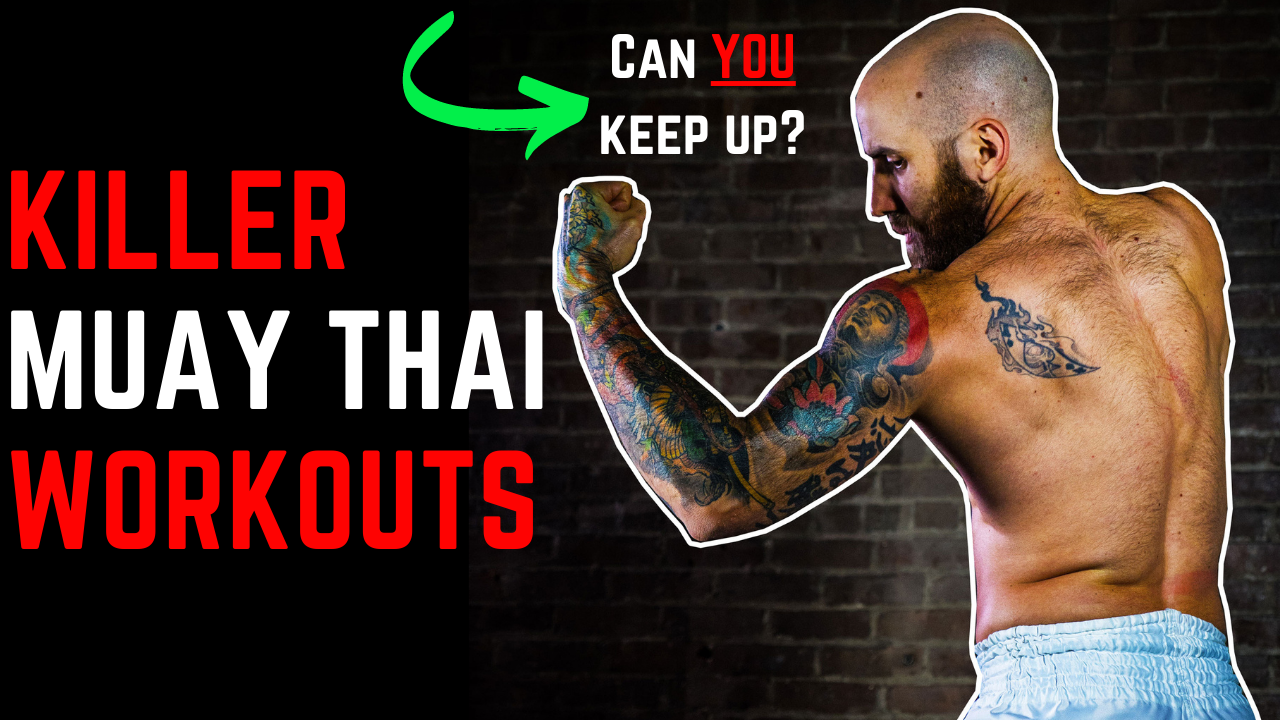
INTENSE, HARD, TRADITIONAL MUAY THAI WORKOUT PLAN
By Sean Fagan
Almost all Muay Thai gyms in Thailand run basically the same type of workout routines because it’s intense, hard and focuses on the all the important aspects of Muay Thai that you should be working on day in and day out!
This type of training routine together with quality Muay Thai gears and equipment is used by some of the best fighters in Thailand and all around the world!
When I was in Thailand, it was pretty set in stone what my Muay Thai training routine would consist of:
- Skipping Rope
- Running
- Shadowboxing
- Thai Pad Work
- Heavy Bag Training
- Clinch Work
- Sparring
- Ab Work
- Stretching
- Meditation
Scroll down for a breakdown and descriptions of the best traditional Muay Thai workout routine!
Traditional Muay Thai Workout Routine:
Everyday in Thailand, my training program is basically this type of workout:
- Group run – 2-4 miles
- Skip Rope – 3 rounds
- Shadow Box – 2 rounds
- Pad Work or Sparring – 3-5 ...
What Muay Thai Gym Should I Train at in Thailand?

THE MUAY THAI GUYS: EPISODE #60
By Sean Fagan
“What training camp should I go to in Thailand?”
This is by far one of, if not THE most asked question Paul and I get from fans from all over the world. And guess what? We almost never have a good answer to give because it depends on such a wide variety of factors including your goals, budget, likes/dislikes, experience, etc.
Instead of giving a vague answer to this extremely common question, we figured that covering it in detail in a podcast would be the best way to go. So, if you are in the midst of deciding which gym you should be training at in Thailand, this podcast episode will hopefully answer all your questions!
Click here to listen to TMTG 060: What Gym Should I Train at in Thailand?
(My voice is a bit echo-ey in this podcast, so my apologies on that, I’m not sure why that happened. I do sound much more epic when I talk though.)
We talk about all the things you should consider when traveling to Thailand, including things lik...
Top 7 Muay Thai Nutrition Tips
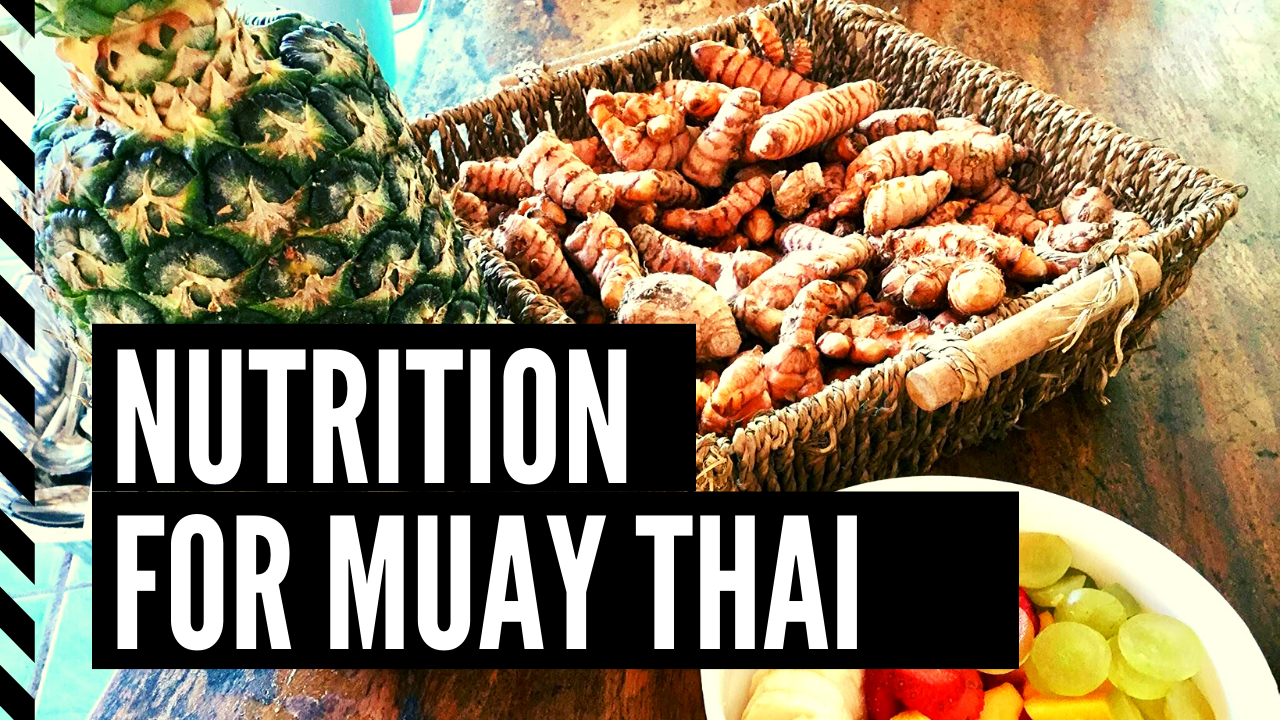
MY BEST MUAY THAI DIET ADVICE TO IMPROVE YOUR TRAINING & LIFE!
By Sean Fagan
Any dumbass knows that the nutrition and diets for Muay Thai fighters are almost completely different than the eating habits of everyday people.
Having a solid nutrition plan for your training camp can mean the difference between winning and losing your next fight!
It is way too common for people to underestimate the importance of eating healthy.
Are you one of them?
If you are, then my advice, tips and guidelines will help you develop healthy eating habits that will give your mind and body the energy and focus it needs to compete at it’s highest level.
If you are already on top of your shit and know all about dieting, cutting weight and eating right, I’d still recommend reading through the tips to see if there is anything you can add to make your Muay Thai nutrition even better!
“To eat is a necessity, but to eat intelligently is an art.” -La Rochefaucauld
Top 7 Muay Thai Nutrition Tips
1. Don’t D...
What NOT To Say To Fighters On Fight Week
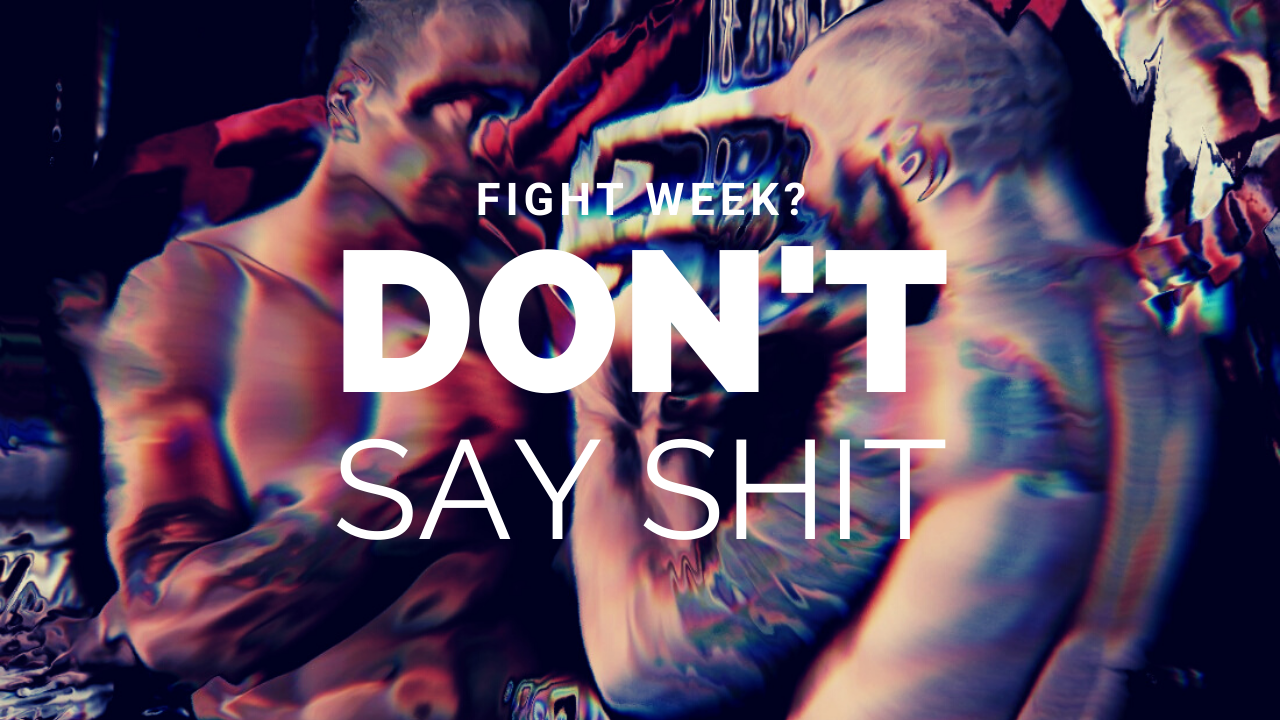
THE MUAY THAI GUYS PODCAST: EPISODE #39
By Sean Fagan
Most of the time us nak muay have the patience to explain what “Moo Thai” or “Mai Tai” is and how it’s different from UFC fighting.
However, on fight week it is a completely different story. Fortunately, the Muay Thai guys are here to show you the proper etiquette for talking to your Muay Thai friends when they have a fight coming up.
First and foremost, understand that the week of a fight is a mental power struggle and can be very stressful at times. Your teammate or friend is getting ready for a fight and is focused on the fight itself; this primarily includes finishing up his or her’s lovely weight cut process and getting their mind right for fight night.
As a fan and supporter we are sure you mean well, but just keep in mind that what you say and do affects his/her focus and mentality for the fight..
Here are just a few of the things you should avoid saying/doing, and a couple tips on what to say instead – we don’t present...
10 Survival Tips to Training Muay Thai in Thailand

THE MUAY THAI GUYS PODCAST: EPISODE #42
By Sean Fagan
 Training in Thailand can be a daunting task. Everyone who has done it has made a number of mistakes (including Paul and I) and are constantly learning new things about training in the motherland of Muay Thai.
Training in Thailand can be a daunting task. Everyone who has done it has made a number of mistakes (including Paul and I) and are constantly learning new things about training in the motherland of Muay Thai.
Our goal for this podcast episode is to get you as prepared as possible for the intense training that comes with Muay Thai in Thailand. Follow these 10 survival tips for training in Thailand and you’ll be happy you did
Click To Listen ===> 10 Survival Tips For Training In Thailand
Here’s a brief summary of the things we cover in this weeks podcast:
#1. Proper Cooldown – It’s critical to minimize delayed onset muscle soreness and keep the body from locking up in future sessions.
#2. Thai Liniment – This stuff is awesome! It will help warm up stiff joints, minimize pain and help keep you from being unbelievable sore.
#3. Electrolytes and Hydration – You sweat a TON in the muggy heat of Thailand, so making sure you are hy...
A Complete Guide To Fighting For The First Time

THE MUAY THAI GUYS PODCAST: EPISODE #009
By Sean Fagan
Some people get into Muay Thai for the specific reason to test themselves in the ring, while others start training because they want to get in better shape and learn an effective method for self defense. Regardless of why you began training, chances are that you have at least contemplated the idea of stepping into the ring and fighting…. haven’t you?
In this podcast, fighters Sean (19-6) and Paul (12-2-1) breakdown a complete guide so you can be 100% prepared for your first (or next) fight.
With a combined 40+ fights, The Muay Thai Guys share their best tips, strategies and training tools that have helped them be prepared mentally, physically and spiritually before entering the ring. Here’s a brief rundown of what the cover:
Complete Guide To Fighting For The First Time
- Figure Out Your “WHY” – Knowing why you want to fight is the first step to being ready physically and psychologically. Do you want to fight to test your ...
Optimizing Carbohydrates for Muay Thai Athletes

WHY CARBS ARE CRUCIAL FOR A FIGHTER'S ENERGY & RECOVERY
By Sean Fagan
 There has been a recent increase in the popularity of high fat, low carb diets, and as a direct result, carbohydrates have become somewhat demonized within the health and fitness industry.
There has been a recent increase in the popularity of high fat, low carb diets, and as a direct result, carbohydrates have become somewhat demonized within the health and fitness industry.
Carbohydrates have been described as the cause of cardiovascular and metabolic disease, as well as immune system disorders, and of course, the current obesity epidemic plaguing the nation.
Interestingly, this is not the entire story.
While a low carbohydrate diet may be beneficial for your everyday office worker as a way to lose weight, I am here to tell you that for anyone trains, competes, and works hard towards athletic endeavors of any kind, low carb diets are detrimental to success.
Carbohydrates are absolutely essential to the production of energy. This holds particularly true when we discuss energy produced at a high intensity (during anaerobic exercise), such as that seen during a single bout of competition, or multip...
6 Shin Conditioning Tips for Muay Thai
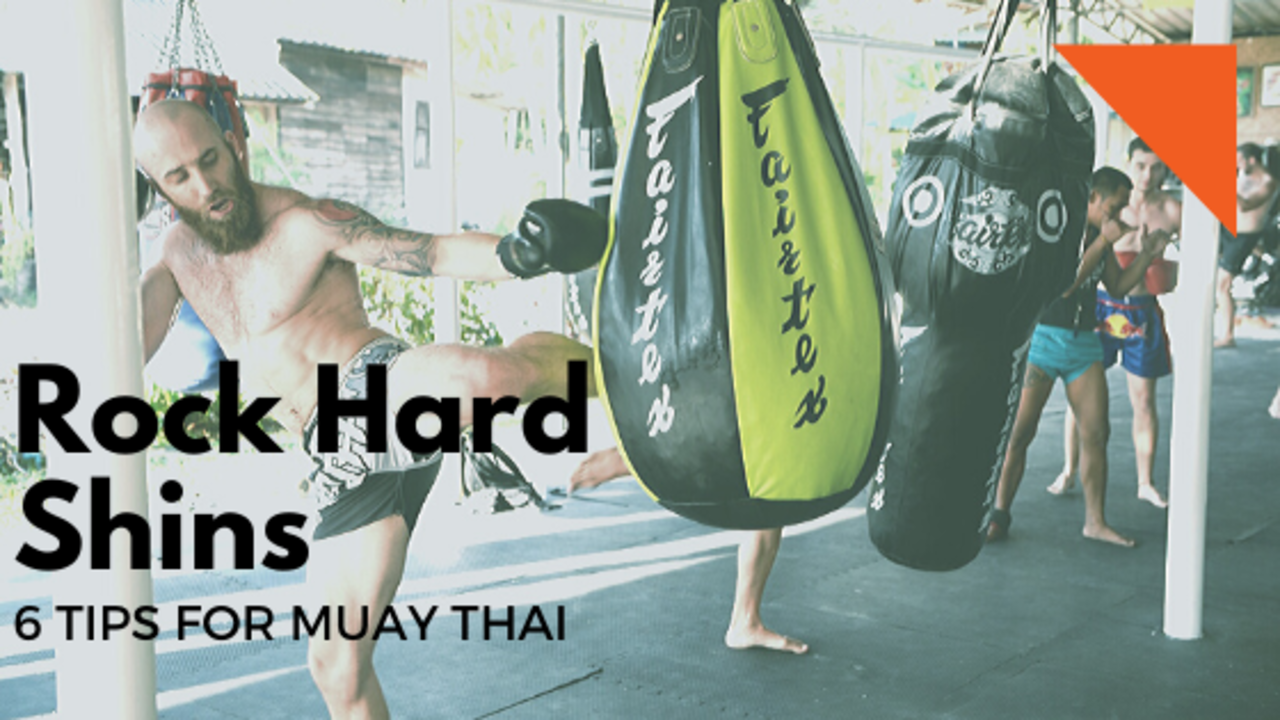
WANNA GET ROCK HARD SHINS? HERE'S HOW YOU DO IT:
By Sean Fagan
We’ve all heard the shin conditioning methods of kicking metal poles or using a rolling pin to beat your shins to a bloody pulp, but before you go out and shatter your tibia, you might want to consider other options when it comes to hardening your shins.
My goal here is to just keep it real.
I know that you want rock hard shins that can kick throw baseball bats after a couple days of training, but that’s just NOT gonna happen.
The Muay Thai shin conditioning tips and methods below aren’t anything special or super hardcore, but they are definitely the best and most effective ways to turn your shins into bricks (not to mention, they are also safer than trying to kick down a redwood tree).
1. Be Patient, Persistent and Resilient
I know what you’re thinking –
“Really Sean? Is that your #1 best tip for shin conditioning?”
Unfortunately yes, yes it is.
Believe it or not, there is no overnight magical potion to drin...
5 Unwritten Rules Of Muay Thai Sparring
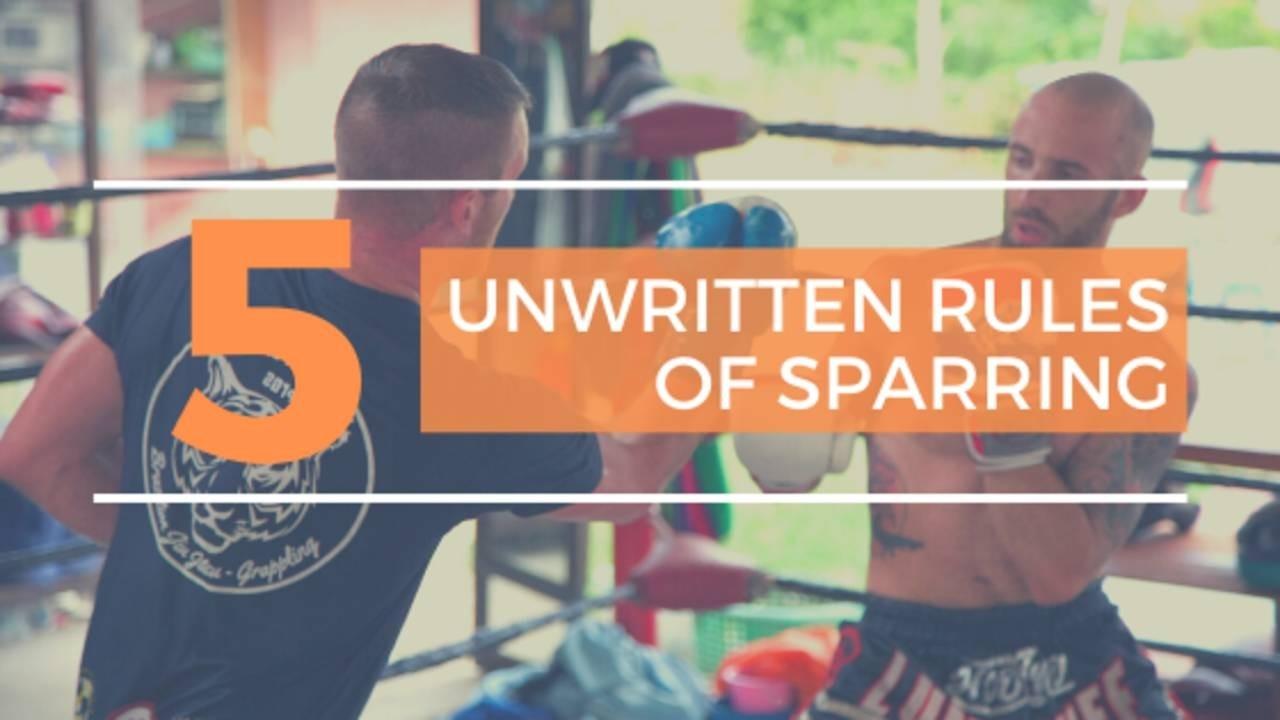
THESE ARE THE UNIVERSAL SPARRING RULES
By Angela Chang
The bell rings and you touch gloves. Not much is usually exchanged during a round or even between rounds, at least not verbally. Physically, it’s a different story.
Sparring is a part of training and everyone who’s trained for at least a bit should be doing it. For those new to Muay Thai or combat sports in general, though, it’s important to know that there are some common ground rules when it comes to sparring – no matter where you are or who you’re up against.
SPARRING RULE #1: Big gloves are a must.
Perfect for sparring are gloves in the 14-18 ounce range. They have more padding in them so that even if you go hard, it softens the blow a bit. Wearing big gloves promotes a safe environment in which everyone can participate.
Lighter gloves are meant for hitting the bag or hitting pads. Do not crack a fellow teammate with those gloves. They can get seriously hurt (broken nose, concussion, etc.) or start bleeding like a bus...





